Our Diamond
It is important that you know how to choose the perfect diamond. While some people prefer gemstone or rough diamonds, classic diamonds are still the most popular stone on the market and so it is essential that you understand everything you can about them. When searching for the perfect diamond, there are four categories (4Cs) to consider.
Cut-Color-Clarity-Carat

Diamond Clarity
It is important to select a diamond that does not have any inclusions that will affect the overall beauty and durability of the diamond. If you want to be 100% sure that your diamond will be completely clean of “eye-visible” inclusions, stick with diamonds graded “VS2” or higher. Also, If you are looking at diamonds in the D-F color range focus on clarity grades of VS2 or higher. Diamonds in the G-I color range combined with SI clarity are not bad values, however in KIUMARSI’s company we design, make and complete our jewelry and wedding rings with the best quality of diamond.
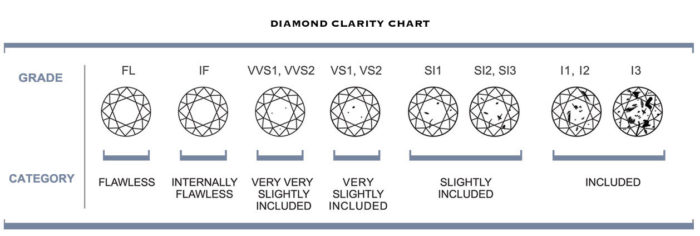
Ideal cut diamonds
An Ideal Cut Diamond is a round, brilliant, or princess cut diamond that is cut to ideal proportions and angles, and has excellent polish and symmetry ratings. An Ideal Cut Diamond is perfectly proportioned to refract light, producing that fire and brilliance up through to the table and crown.

Diamond Color
It is generally preferred to choose a stone with the least amount of color possible. Diamond color is graded on a scale from D-Z and is divided into five broad categories (colorless, near colorless, faint, very light and light). Diamonds come in all colors of the spectrum. The predominant color you see in a diamond is yellow, which is caused by the trace element nitrogen. Generally, when comparing color between two diamonds, the diamonds need to be at least two color grades apart to even begin to see a difference.

Diamond Cut
The cut of a diamond not only refers to the diamond’s shape, it also refers to how effectively the diamond returns light back to the viewer’s eye. A well-cut diamond will appear very brilliant and fiery, while a poorly cut diamond can appear dark and lifeless, regardless of its color or clarity.
Not only do well-cut diamonds appear more brilliant, they also tend to appear larger than other diamonds of the same carat weight. An “ideal” diamond has both increased brilliance and diameter relative to more deeply-cut diamonds.

Diamonds come in many different shapes. Each diamond shape possesses its own unique qualities, so exploring and learning about the various shapes is worth your while.


Brilliant Cut Diamonds
The Round Diamond, or Brilliant Cut Diamond, is by far the most popular shape for diamond engagement rings. It is cone-shaped to maximize light return through the top of the diamond. It is cut to have 58 facets: 33 on the crown and 25 on the pavilion. The relationship between the angle of the crown (above the girdle) and the pavilion (below the girdle) is complementary. A steep crown angle is complemented by a shallower pavilion angle, and vice versa.
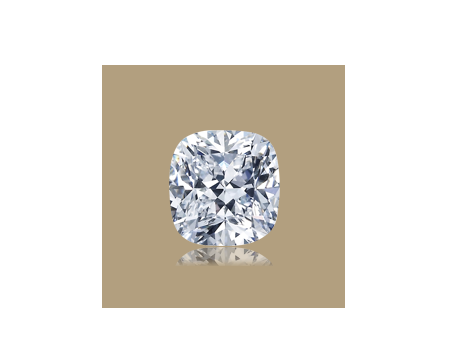
Cushion Cut Diamonds
The Cushion Cut Diamond is an antique cut that has a classic, romantic appeal. It is considered a cross between the Old Mine Cut, which was popular in the late 19th and early 20th centuries, and a modern Oval-Cut Diamond. The Old Mine Cut featured large facets and rounded corners, since the cutting was all done by hand at the time. They were designed to catch the beauty of candlelight. The Cushion-Cut Diamond contains 58 facets.
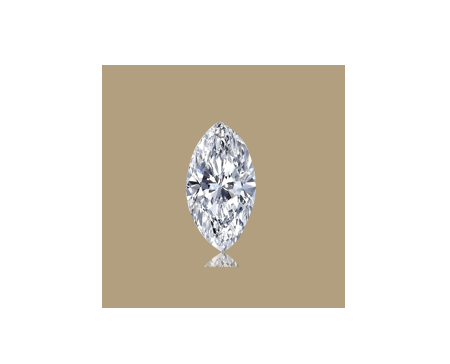
Marquise Diamonds
The Marquise-Cut Diamond is a boat-shaped brilliant stone that is considered to be a “classic” shape for diamond engagement rings. As with all ‘fancy cut’ diamonds, color and clarity are the two most important qualities in this particular style of cut. The Marquise-Cut Diamond uses a cutting process similar to that of a Round Brilliant Diamond, but the diamond cutter maximizes the carat weight of the gem by elongating it into its distinctive ”boat-shape”. This way, they can eliminate all inclusions while maintaining as much of the unblemished stone as possible. However, because of the elongated shape, color and clarity imperfections are more obvious than they are in a traditional Round Brilliant Diamonds.
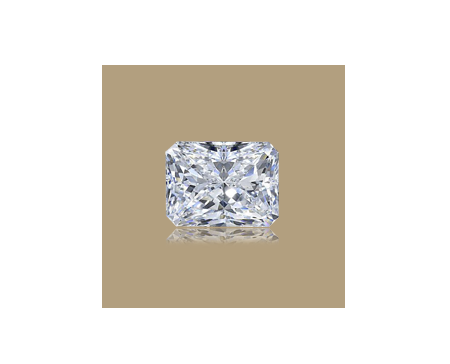
Radiant Cut Diamonds
The Radiant Cut Diamond combines the more stylish square or rectangular shape with the brilliance of the more traditional Round Cut. It combines two diamond cutting styles-the Round Cut style and the Emerald Cut style, to create a non-traditional, yet still brilliant, diamond. This cut, created in 1977 by Henry Grossbard, was designed to maintain the beauty of each different type of diamond, while still creating something altogether different from anything available at the time.
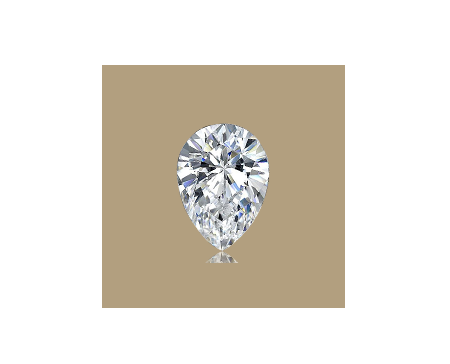
Pear Diamonds
The Pear Shaped Diamond combines the tradition and brilliance of a round cut with a less common shape to create an unusual diamond that can still make light ‘dance’ as it does in the traditional Round Brilliant Cut. It is probably the most subjective diamond shape, as its size and proportions are really a matter of taste. The diamond usually contains 58 facets, allowing for light to pass through it much the same way as in a Round, but makes more of an impression because of its much less common shape.

Heart Diamonds
The Heart Shaped Diamond has a cleft at the top and exhibits superior brilliance. It is among the most romantic of the diamond shapes. When selecting a heart shaped diamond, symmetry is essential, as the two halves of the heart must be identical. The split between the two lobes should be obvious and sharp, and the wings should have a round shape. Generally, heart shapes diamonds of less than .50 carats are not a good choice. As opposed to other diamond shapes, they appear smaller, especially after set in prongs.
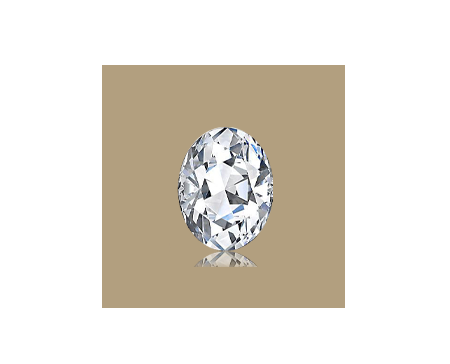
Oval Diamonds
The Oval Cut Diamond is a modified version of the most popular cut, the Round Brilliant. It is the perfect choice for buyers who are looking for characteristics similar to the Round “Ideal” Cut, but would like something in a shape that is more unusual. Oval Cut diamonds also create the optical illusion of length and serve to elegantly elongate fingers.
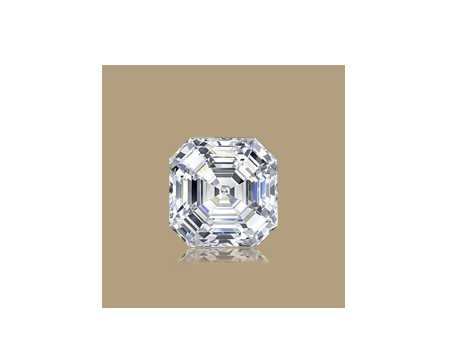
Asscher Cut Diamonds
The Asscher Cut Diamond, also called a “Square Emerald-Cut”, is made using a step-cut process and has cropped corners. Because of the cropped corners, an Asscher Cut Diamond appears almost octagonal at first glance. They are bright, shiny, and clear in appearance. Like Emerald-Cut Diamonds, they have the clarity of glacier-water ice, allowing you to see all the way through the stone. However, since inclusions are obvious to the naked eye with Asscher Cut Diamonds, it is important to get one that is flawless or as close to flawless as possible.
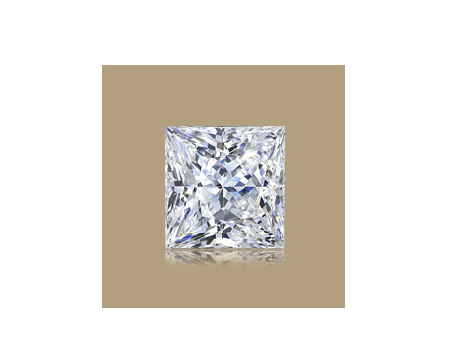
Princess Cut Diamonds
The Princess cut diamonds can make the perfect engagement rings since they are very clear. Their exquisite shape makes them an exotic treasure, as they are designed for getting top brilliance from their square cut. When purchasing a Princess Cut diamond, make sure that the setting for your ring protects the four pointed corners. The Princess Cut diamond allows more acceptably for flaws.

Emerald Cut Diamonds
The Emerald-Cut Diamond is a very popular style known for its beauty and precision. While it lacks the brilliance of diamonds cut with triangular and kite-shaped facets, it more than makes up for it in its extreme clarity – it’s like looking into glacier-pure ice. The Emerald-Cut diamond is named so because this style of cut was originally used only on emeralds. It is called a step-cut, which is the cut most commonly used on square or rectangular diamonds.
Diamond Size Chart


